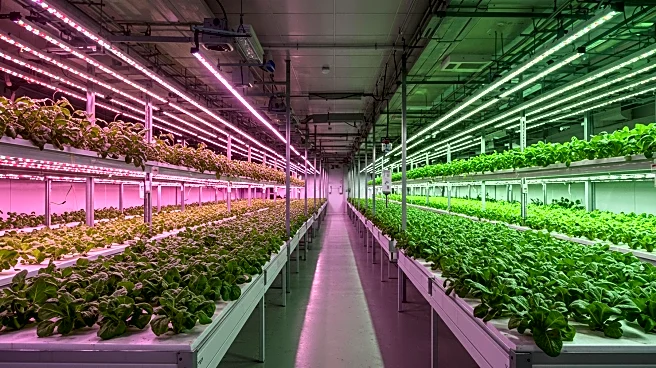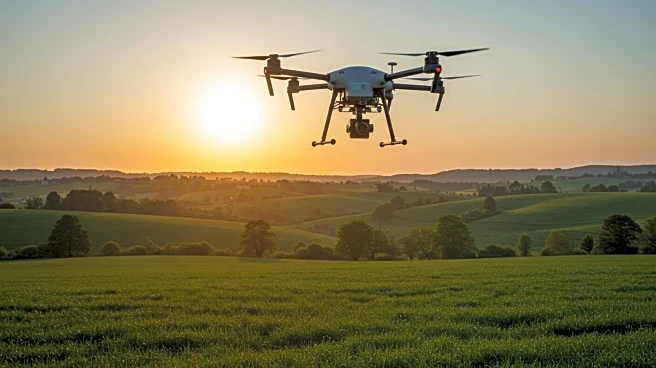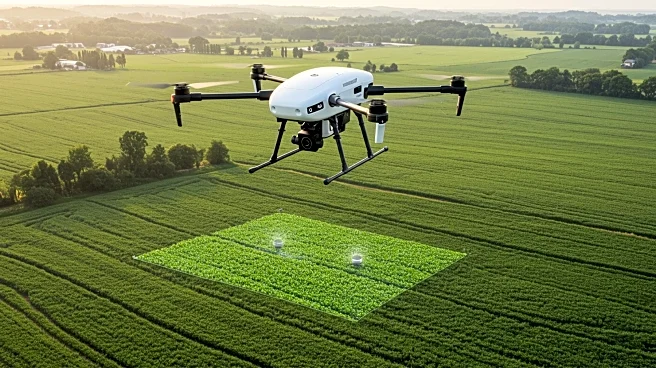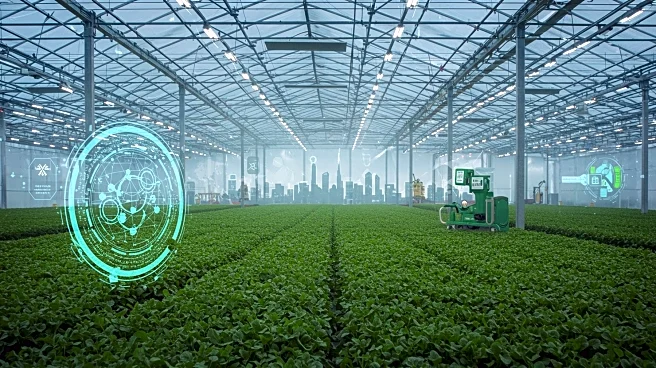Rapid Read • 8 min read
The global indoor farming technology market is anticipated to grow significantly, reaching USD 23.6 billion by 2034, up from USD 7.9 billion in 2024. This expansion is driven by increasing urban populations, diminishing farmland, unpredictable climate conditions, and the demand for sustainable, year-round crop production. Indoor farming, which includes vertical farms, greenhouses, container farms, and grow rooms, utilizes modern equipment such as LED lighting, hydroponics, aeroponics, climate control systems, and advanced sensors combined with smart software and automation to enhance yields and reduce resource usage. In 2023, over half of new urban agriculture businesses in North America and Asia Pacific adopted precision indoor farming techniques.
AD
The growth of indoor farming technology is crucial for addressing food security challenges posed by urbanization and climate change. It offers a sustainable solution by using up to 95% less water than traditional farming and eliminating pesticide use, which is beneficial for both environmental and health reasons. Governments are supporting this shift with initiatives like Singapore's '30 by 30' plan and Japan's subsidies for high-tech farming. The technology also enables local production of pesticide-free produce, reducing dependency on imports and enhancing food security. However, the industry faces challenges such as high start-up costs, energy expenses, and the need for skilled labor.
The indoor farming technology market is expected to continue evolving with advancements in AI-assisted crop monitoring, sensor-based irrigation, and automated nutrient delivery systems. These innovations will help farmers maximize production while minimizing resource use. The market is likely to see increased investment in vertical farming and high-value crops, particularly in North America and Asia Pacific. As technology advances, the industry may overcome current challenges related to energy costs and skilled labor shortages, potentially making indoor farming more accessible to smaller growers.
Indoor farming technology could lead to significant shifts in agricultural practices, promoting sustainability and reducing environmental impact. It may also influence consumer behavior, as more people become accustomed to locally grown, pesticide-free produce. The integration of indoor farms with retail and foodservice sectors could transform supply chains, offering fresher produce directly to consumers. Additionally, the technology's ability to produce crops in controlled environments may pave the way for new agricultural models in urban settings, potentially reshaping city landscapes.
AD
More Stories You Might Enjoy










